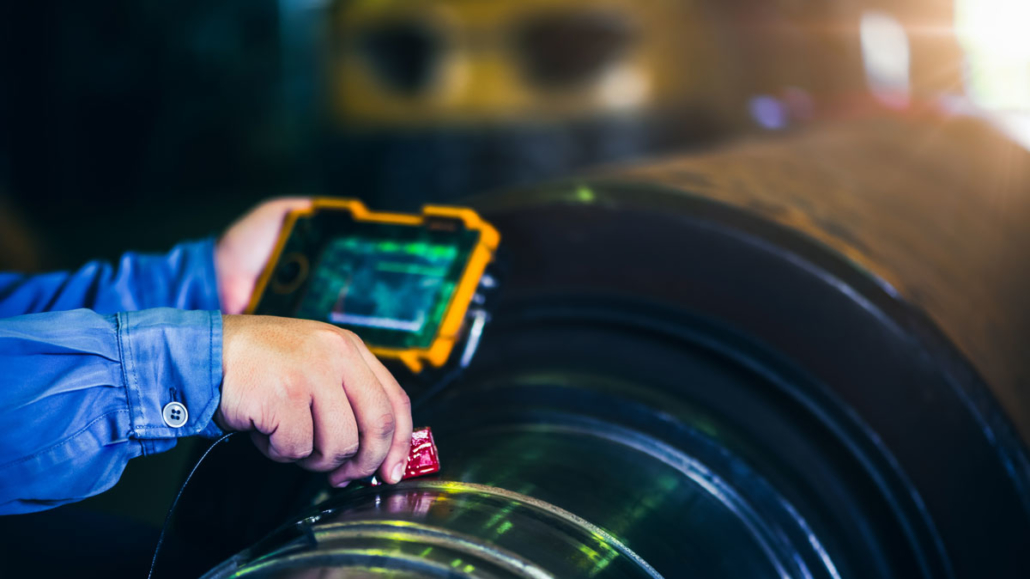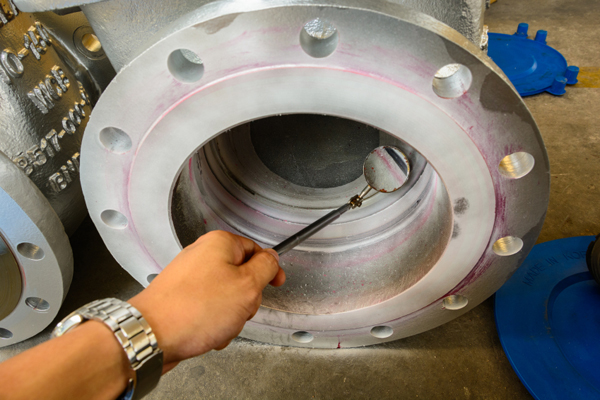Comprehensive Welding Inspection Service: Your Secret to Security and Top quality
The Important Kinds Of Welding Solutions Every Sector Must Understand About
In the vast landscape of industrial procedures, the relevance of welding services can not be understated. Welding is a basic procedure that joins materials together, guaranteeing architectural stability and performance across various industries. Recognizing the crucial kinds of welding solutions that satisfy particular market requirements is important for optimal performance and safety. From the traditional yet reputable arc welding to the accuracy of laser beam welding, each method uses distinct benefits and applications that drive the performance and high quality of manufacturing. As sectors require and develop for ingenious services expands, being skilled in these welding strategies is not just useful however vital for remaining affordable and meeting market standards.
Arc Welding
Arc welding is a commonly utilized welding process that makes use of an electrical arc to sign up with metal parts with each other. The process entails developing an electrical arc in between the base steel and a consumable electrode, usually made of a comparable product.
Among the essential advantages of arc welding is its ability to bond a large range of alloys and steels, making it suitable for varied applications. Furthermore, arc welding can be performed making use of various variations, such as protected metal arc welding (SMAW), gas metal arc welding (GMAW), and flux-cored arc welding (FCAW), each offering certain benefits depending upon the job needs.
Furthermore, arc welding is known for its simpleness and cost-effectiveness, making it a preferred choice for lots of producers and makers. By grasping the numerous methods and equipment related to arc welding, professionals can create high-grade welds effectively and dependably.
Gas Metal Arc Welding (GMAW)

Among the crucial benefits of GMAW is its capability to develop clean welds with very little splatter, making it suitable for applications that require a high level of accuracy. Additionally, GMAW is fairly very easy to find out and can be automated for enhanced performance in commercial settings. With correct method and equipment arrangement, GMAW can generate solid, premium welds that meet industry criteria. On the whole, GMAW is a flexible welding process that offers efficiency, versatility, and reliability for a variety of welding applications throughout various markets.
Gas Tungsten Arc Welding (GTAW)
Gas Metal Arc Welding (GMAW) offers exceptional welding performance, and in a similar way, Gas Tungsten Arc Welding (GTAW) brings a various collection of advantages to the table in the world of welding solutions (Welding Inspection Service). GTAW, additionally called Tungsten Inert Gas (TIG) welding, is a functional and high-grade welding procedure frequently utilized in sectors such as aerospace, auto, and manufacturing

One of the essential advantages of GTAW is its capability to produce high-grade, precise welds on a selection of steels, consisting of light weight aluminum, stainless-steel, and copper alloys. This procedure permits better control over the welding arc, leading to clean, spatter-free welds with marginal post-weld clean-up required.
GTAW is also preferred for its capability to weld slim materials without creating warping or distortion, making it ideal for applications where aesthetic appeals and accuracy are vital. In addition, the TIG welding procedure can be utilized with or without filler steel, offering versatility in welding different joint types and densities.

Resistance Welding
A widely utilized welding method in various industries because of its effectiveness and performance is Resistance Welding. This technique includes joining two steel items by using pressure and passing a current with them. The warm produced by the electric resistance at the joint creates the materials to fuse together. There are a number of kinds of resistance webpage welding, including spot welding, joint welding, and estimate welding, each fit for specific applications.
Place welding is typically made use of in the vehicle market for signing up with sheet steel elements. It includes applying two copper electrodes to the metal items and passing a high present for a short period. Seam welding, on the other hand, is suitable for creating continual joints, such as in the manufacture of metal containers or pipes. Estimate welding appropriates for welding nuts, bolts, or various other fasteners onto steel components.

Laser Light Beam Welding
Making use of a very concentrated laser beam to join and thaw steel elements, laser beam of light welding is a reliable and exact welding technique generally utilized in different markets. This advanced technique offers several advantages, consisting of marginal distortion, high welding rates, and the ability to weld products with high precision.
Laser beam of light welding works by guiding a laser beam of light at the workpiece, which produces a molten swimming pool that fuses the materials together upon solidification. The procedure is non-contact, suggesting there is no need for the welding tool to touch the work surface, minimizing the risk of contamination or damage. Furthermore, the concentrated light beam permits deep weld infiltration and slim weld joints, making it excellent for applications needing high precision and strength.
Industries such as automotive, aerospace, electronic devices, and clinical gadget manufacturing usually count on laser beam welding for its ability to produce find here top quality welds with very little heat-affected areas. As innovation continues to advance, laser welding is anticipated to play a progressively considerable role in the manufacture of elaborate components across numerous fields.
Conclusion
To conclude, understanding the important kinds of welding services such as Arc Welding, Gas Steel Arc Welding (GMAW), Gas Tungsten Arc Welding (GTAW), Resistance Welding, and Laser Light beam Welding is important for every single sector. Each of these techniques plays an unique role in the manufacturing and building processes, making sure long lasting and solid links for different materials. By knowing these welding services, markets can make informed choices about which method best fits their particular needs.
From the traditional yet reliable arc welding to the precision of laser light beam welding, each method offers distinctive benefits and applications that drive the effectiveness and quality of manufacturing.Arc welding is a widely made use of welding procedure that makes use of an electrical arc to sign up with metal components with each other.Gas Metal Arc Welding (GMAW) is an extremely effective and generally made use of welding process in different sectors for signing up with steel parts with each other using a securing gas and a consumable electrode. There are a read this number of kinds of resistance welding, including spot welding, seam welding, and projection welding, each matched for details applications.
In conclusion, recognizing the crucial types of welding solutions such as Arc Welding, Gas Steel Arc Welding (GMAW), Gas Tungsten Arc Welding (GTAW), Resistance Welding, and Laser Beam Welding is important for every market. - Welding Inspection Service